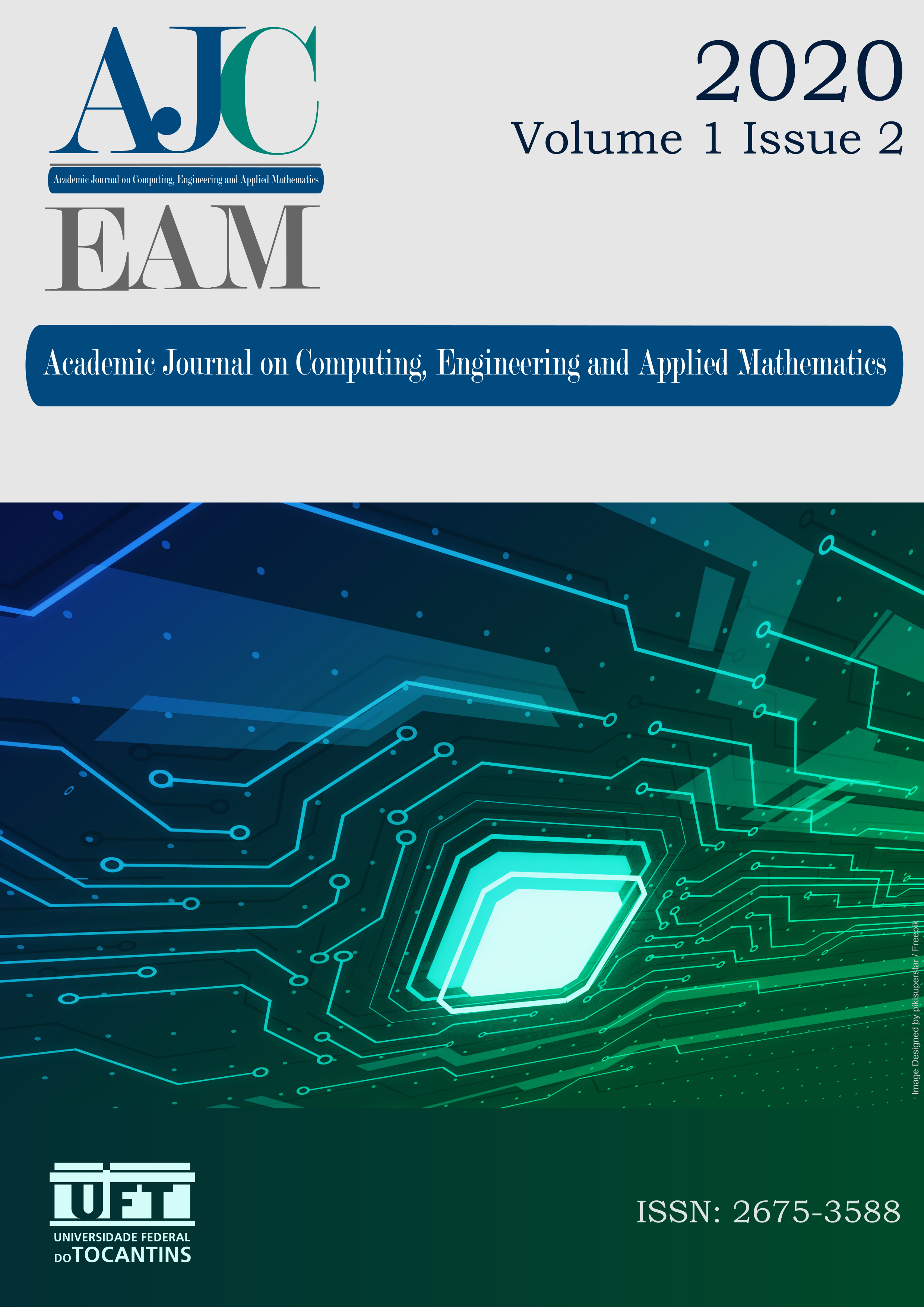Multilayer Perceptron optimization through Simulated Annealing and Fast Simulated Annealing
DOI:
https://doi.org/10.20873/ajceam.v1i2.9474Palavras-chave:
Neural Network, Multilayer Perceptron, Simulated Annealing, MNIST DatabaseResumo
The Multilayer Perceptron (MLP) is a classic and widely used neural network model in machine learning applications. As the majority of classifiers, MLPs need well-defined parameters to produce optimized results. Generally, machine learning engineers use grid search to optimize the hyper-parameters of the models, which requires to re-train the models. In this work, we show a computational experiment using metaheuristics Simulated Annealing and Fast Simulated Annealing for optimization of MLPs in order to optimize the hyper-parameters. In the reported experiment, the model is used to optimize two parameters: the configuration of the neural network layers and its neuron weights. The experiment compares the best MLPs produced by the SA and FastSA using the accuracy and classifier complexity as comparison measures. The MLPs are optimized in order to produce a classifier for the MNIST database. The experiment showed that FastSA has produced a better MLP, using less computational time and less fitness evaluations.
Downloads
Publicado
Como Citar
Licença
Copyright (c) 2020 Rafael Lima de Carvalho

Este trabalho está licenciado sob uma licença Creative Commons Attribution-NonCommercial 4.0 International License.
Autores que publicam neste periódico concordam com os seguintes termos:
- Autores mantém os direitos autorais e concedem ao periódico o direito de primeira publicação, com o trabalho simultaneamente licenciado sob a Creative Commons Attribution License (CC BY-NC 4.0), permitindo o compartilhamento do trabalho com reconhecimento da autoria do trabalho e publicação inicial neste periódico;
- Autores têm autorização para assumir contratos adicionais separadamente, para distribuição não-exclusiva da versão do trabalho publicada neste periódico (ex.: publicar em repositório institucional ou como capítulo de livro), com reconhecimento de autoria e publicação inicial neste periódico;
- Autores têm permissão e são estimulados a publicar e distribuir seu trabalho online (ex.: em repositórios institucionais ou na sua página pessoal) a qualquer ponto posterior ao processo editorial;
- Além disso, o AUTOR é informado e consente com o periódico que, portanto, seu artigo pode ser incorporado pela Academic Journal on Computing, Engineering and Applied Mathematics em bases e sistemas de informação científica existentes (indexadores e bancos de dados atuais) ou a existir no futuro (indexadores e bancos de dados futuros), nas condições definidas por este último em todos os momentos, que envolverá, pelo menos, a possibilidade de que os titulares desses bancos de dados possam executar as seguintes ações sobre o artigo:
- Reproduzir, transmitir e distribuir o artigo, no todo ou em parte sob qualquer forma ou meio de transmissão eletrônica existente ou desenvolvida no futuro, incluindo a transmissão eletrônica para fins de pesquisa, visualização e impressão;
- Reproduzir e distribuir, no todo ou em parte, o artigo na impressão;
- Traduzir certas partes do artigo;
- Extrair figuras, tabelas, ilustrações e outros objetos gráficos e capturar metadados, legendas e artigo relacionado para fins de pesquisa, visualização e impressão;
- Transmissão, distribuição e reprodução por agentes ou autorizada pelos proprietários de distribuidoras de bases de dados;
- A preparação de citações bibliográficas, sumários e índices e referências de captura relacionados de partes selecionadas do artigo;
- Digitalizar e / ou armazenar imagens e texto de artigo eletrônico.



